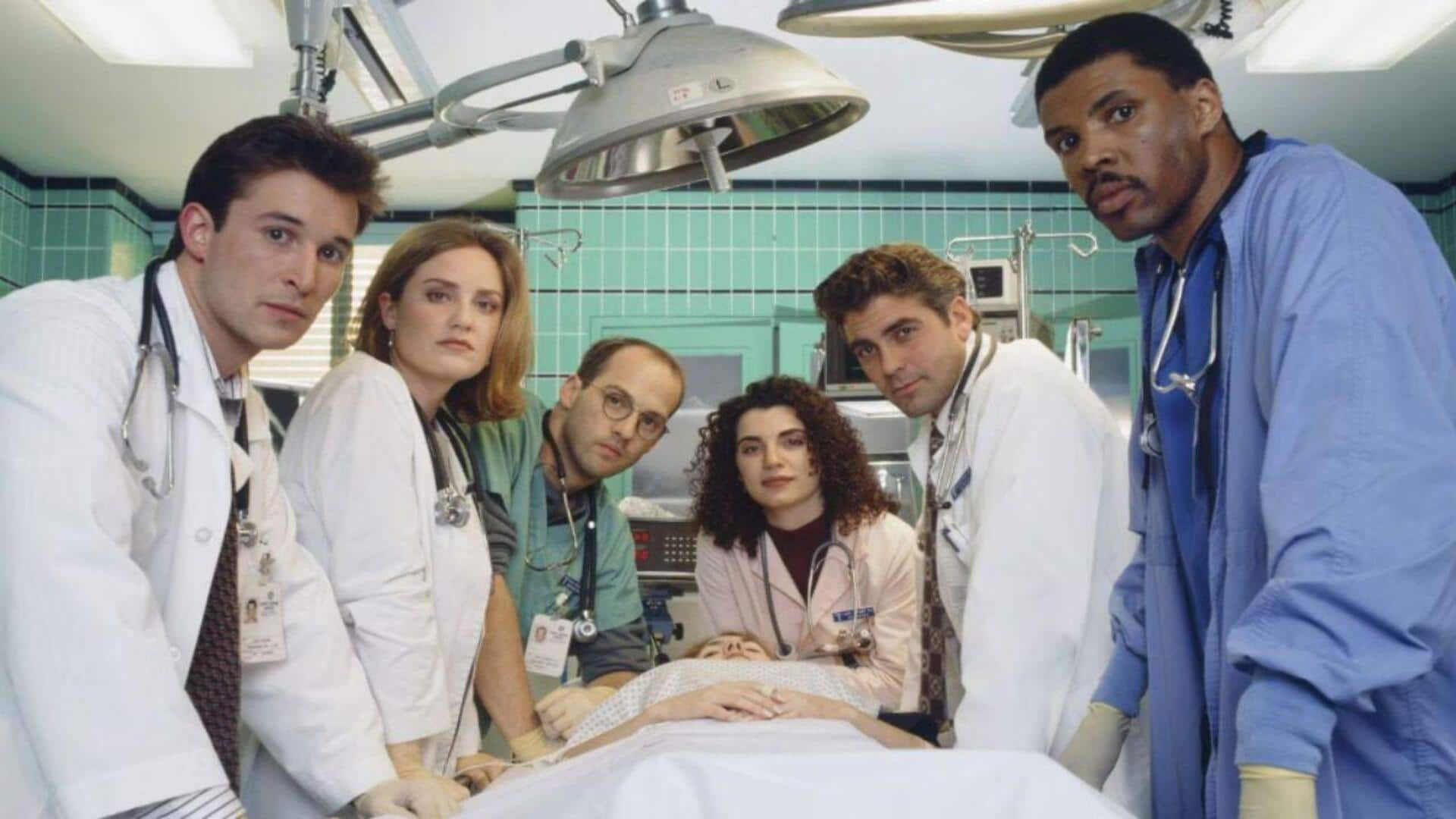
What made 'ER' so real? 5 behind-the-scenes facts revealed
What's the story
ER was a path-breaking medical drama that kept audiences hooked for more than a decade. Famous for its realistic depiction of emergency room situations, the show gave viewers a hair-raising glimpse of the lives of doctors and patients. While most know about its on-screen drama, there are some interesting behind-the-scenes facts that made it a success. Here, we take a look at some unknown aspects of this iconic series.
Authenticity
Real medical professionals on set
To keep things authentic, ER hired real doctors and nurses as consultants. They were on the sets while shooting to teach the actors how to perform tasks and use the correct medical jargon. This dedication to realism was the reason the show stayed credible for both medical professionals and the lay audience.
Scriptwriting
Scripts written by medical experts
Notably, the show's scripts were largely based on inputs from real-life medical experts, who lent their expertise to write credible stories. By weaving in real-life experiences into the story, ER was able to portray complicated medical cases with precision. This partnership between writers and doctors made sure that every episode struck the right chord of realism.
Preparation
Intensive actor training sessions
Actors on ER had to go through intense training sessions before playing their respective characters as healthcare providers. These sessions involved learning how to perform basic medical procedures, like suturing wounds or giving CPR properly. The training not only made actors comfortable in their roles but also added to the show's overall realism.
Props
Use of realistic props and equipment
The production team also brought real hospital equipment on the set, thus adding another layer of authenticity to the series. From defibrillators to surgical instruments, these props were integral in creating a convincing hospital environment onscreen. The attention to detail extended even further with realistic patient charts and medications used during scenes.
Cinematography
Filming techniques for realism
The cinematography of ER played a huge role in its realism, employing handheld cameras for dynamic emergency room scenes. This maintained clarity and coherence, even in fast-paced sequences shot across multiple locations. These innovative filming techniques, required by early budget constraints, made ER a beloved and enduring series. It is fondly remembered for its authenticity and storytelling excellence.